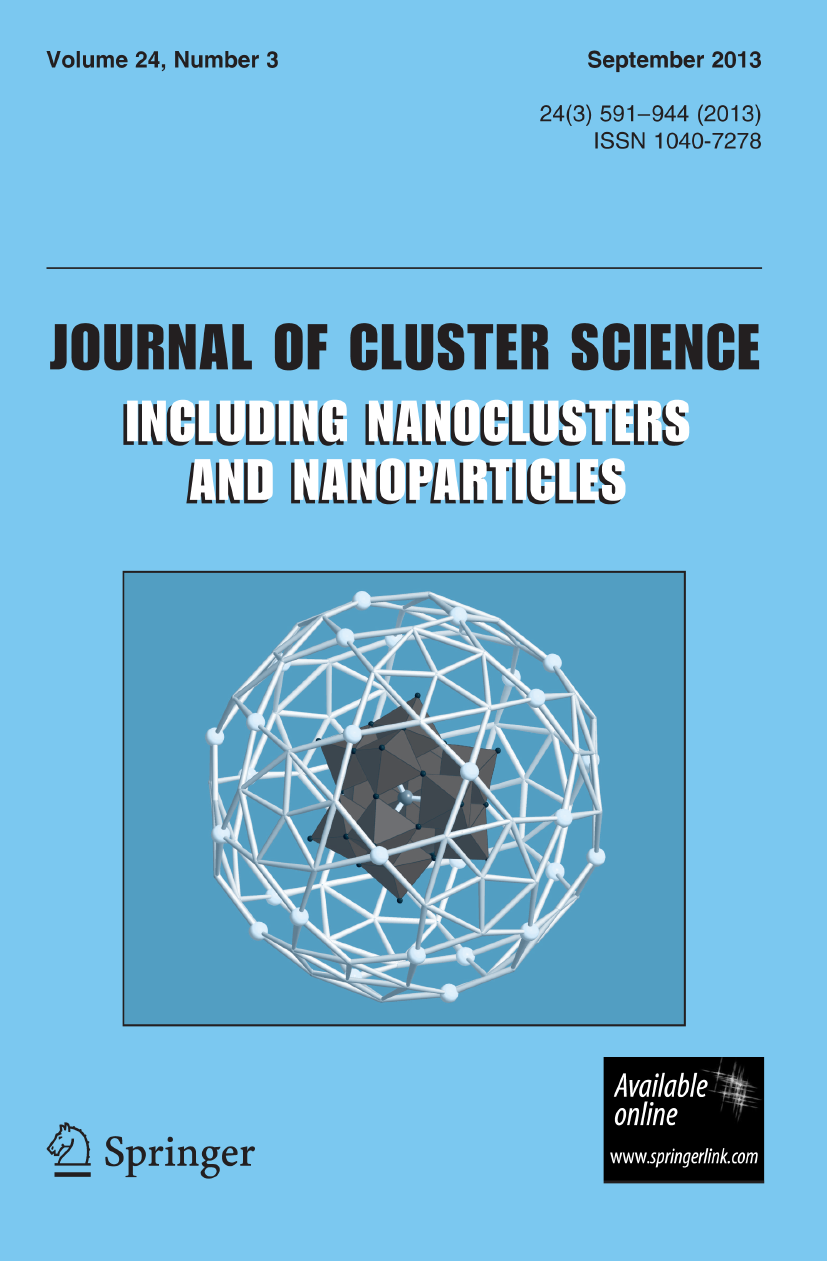Photocatalytic Degradation of Rhodamine B Over Clinoptilolite Modified with Transition Metals
Abstract
Within the framework of concept “spent adsorbent-to-photocatalyst conversion” clinoptilolite with sorbed of transition metals cations—silver, copper, manganese and chromium were tested for photocatalytic degradation of rhodamin B as a typical organic water pollutant. The physicochemical characteristics of these spent adsorbents were studied using XRD, UV-Vis and XPS spectroscopy, potentiometric titration and adsorption-desorption of nitrogen. It was established that the introduction of these cations into the clinoptilolite skeleton by ion exchange does not lead to the formation of a separate metal phase, but contributes to the formation of a meso-macroporous structure and the narrowing of the band gap (doping effect). As a result, such doped clinoptilolites have a higher photocatalytic activity under visible irradiation compared to the initial clinoptilolite, which is minimally active due to the presence of iron impurity. Therefore, a facile way of using the spent clinoptilolite adsorbents for photocatalytic degradation of organic pollutants of water under visible illumination is proposed. The novelty of the obtained results is manifested in two aspects: scientific—the photocatalytic activity of clinoptilolites with a low content of doping transition metals (0.3–0.5%) under the action of visible irradiation, and practical—the possibility of using spent clinoptilolite cation exchangers for water purification from pollutants.

 求助内容:
求助内容: 应助结果提醒方式:
应助结果提醒方式:


